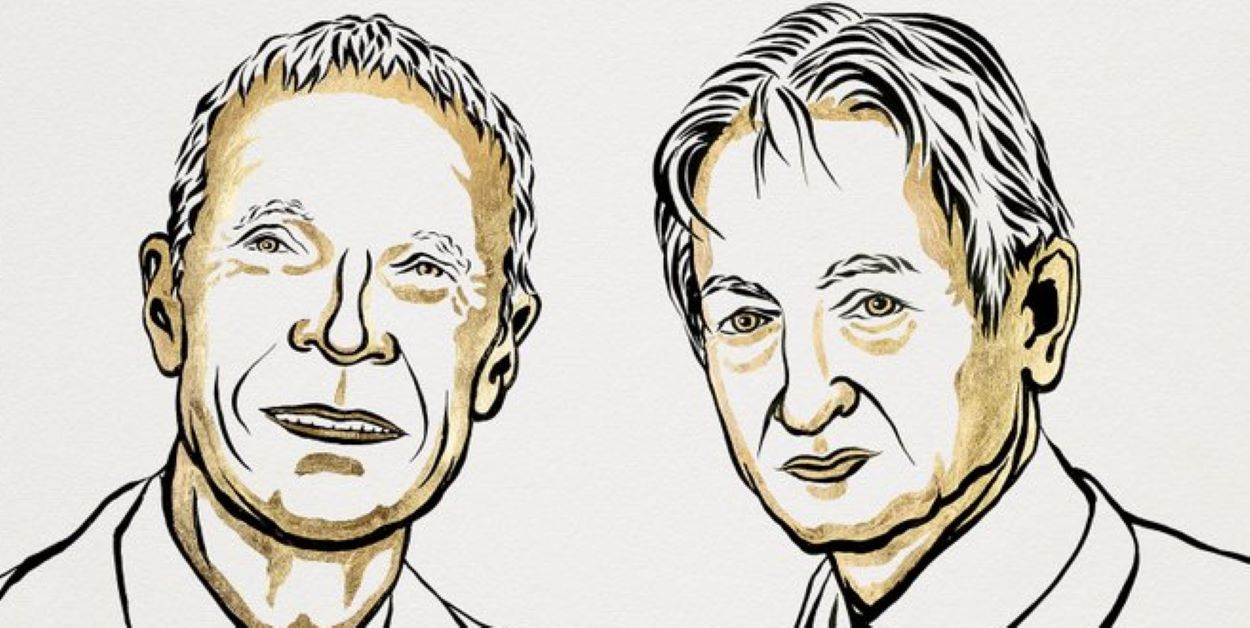On Tuesday, the Nobel Prize in Physics was awarded to British-Canadian Geoffrey Hinton and US physicist John Hopfield for their pioneering contributions to the development of artificial intelligence through machine learning and artificial neural networks, as stated by the Nobel jury.
Geoffrey Hinton, often hailed as the “godfather of AI,” along with John Hopfield, facilitated significant advancements in machine learning by leveraging artificial neural networks. But what does this involve?
Mark van der Wilk, a machine learning expert from the University of Oxford, explains that an artificial neural network is a mathematical model inspired by the human brain’s structure. In our brains, networks of neurons strengthen or weaken their connections based on external stimuli, such as sights and sounds, to facilitate learning.
Artificial neural networks simulate this biological process by replacing neurons with simple computational units known as “nodes” and using training data instead of direct stimuli. This architecture allows the network to learn over time, defining the essence of machine learning.
John Hopfield’s breakthrough in the early 1980s, the “Hopfield network” or “associative memory,” introduced a way for artificial networks to recall from memory, enhancing AI’s capability to identify and correct errors in data patterns.
Geoffrey Hinton’s 1985 introduction of the Boltzmann machine, named after the physicist Ludwig Boltzmann, incorporated randomness into these networks, enabling today’s AI to generate diverse responses to the same input. Hinton also demonstrated that networks with more layers could exhibit increasingly complex behaviours and more efficiently learn desired actions.
Despite the foundational nature of these concepts, interest in machine learning waned in the 1990s due to the immense computational power required. As French machine learning researcher Francis Bach noted, it wasn’t until the 2010s that a series of breakthroughs transformed image and language processing applications. Today, AI is integral to numerous applications, from medical imaging and autonomous driving to weather prediction and multimedia creation.
While Hinton had previously won the Turing Award, akin to a Nobel in computer science, the awarding of a Nobel Prize in Physics underscores the deep, interdisciplinary connections between physics and computing. Damien Querlioz, a French researcher, points out that these AI algorithms draw heavily from physics, applying energy concepts to computational processes.
Van der Wilk emphasizes that despite AI’s seeming creativity, the operations involved are purely computational, a simple yet vast series of multiplications and additions devoid of mystical elements.






